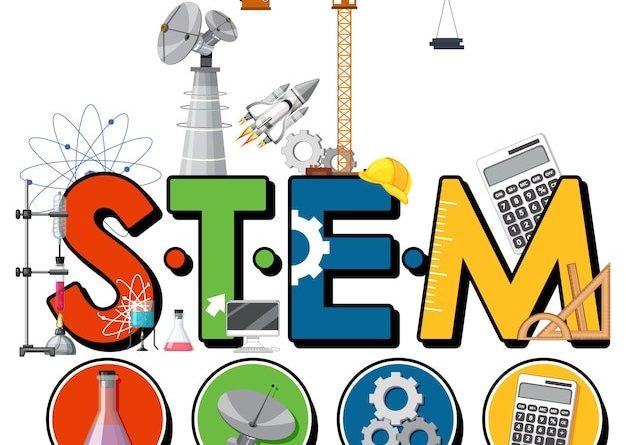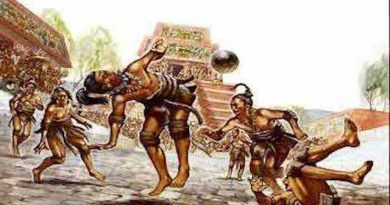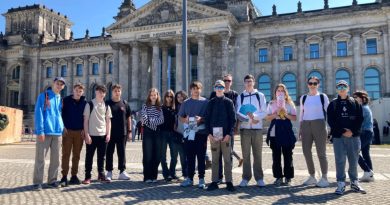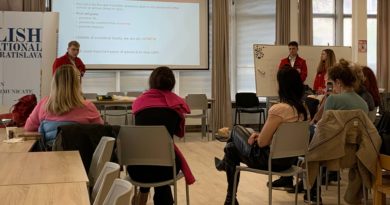STEM EDUCATION IN EISB
This school year, we started introducing STEM education in grades 7-9. The initiator and developer of the theoretical part of STEM is the Principal of our school, Mr. Jaymes.
The STEM teachers are Mr. Josh, Mr. Raphael, Ms. Giovanna, Ms. Alkistis, Ms. Merna and myself.
What is STEM or STEAM?
It is a program that includes natural sciences, technology, engineering, mathematics, and sometimes art.
Natural sciences (physics, chemistry, biology) explain the laws of nature. Technology allows you to apply theoretical knowledge in practice. Engineering helps you work with resources, materials and teaches you to experiment. Mathematics develops precision, logical thinking and the ability to follow algorithms. Art helps develop imagination and use non-standard approaches to solving experimental problems. As our Miss Jana said: “Everything that has ever been created was first imagined.”
Why did we decide to use STEM?
Students all over the world (including ours) have difficulty solving problems that require an interdisciplinary approach. In the minds of children, academic subjects are firmly separated: now we are doing mathematics, and in two lessons biology. But when it becomes necessary to connect two sources of knowledge together (for example, to find the surface area of the intestine), students experience difficulties.
In addition, the gap between theory and practice is obvious. The information in the textbook remains incomprehensible to most children. They do not realize how the text of the topic touches on real life and experience. Therefore, the educational material is practically not absorbed, the memory does not retain massive useless volumes of information.
STEM is aimed at eliminating this gap. Students learn to be comprehensively erudite and active.
Over the course of the year, our students will complete three major projects, which are made up of many smaller projects.
Year 7 students will design next projects:
- Project 1: Mars Colony Design Challenge. Students will use digital design tools to create 3D models and visualizations of their colony design, showcasing their innovative solutions for sustainable living on another planet.
- Project 2: Urban Mobility Innovation Challenge. The project will culminate in a showcase where students present their prototypes and proposals for improving urban mobility in their city.
- Project 3: Inclusive Playground Design Challenge. The project will culminate in a presentation where students will showcase their playground designs and explain how they promote inclusivity and fun for all children.
Year 8 students will design next projects:
- Project 1: Ecosystem Research and Model Design. Students will explore the biodiversity of local ecosystems, analyze organisms’ adaptations, and design a model ecosystem, and build a sustainable habitat for a specific animal species.
- Project 2: Materials Science and Sustainable Design Challenge. Students will explore the properties of materials, investigate states of matter, and design sustainable products, and develop innovative solutions for the use of renewable energy sources.
- Project 3: Future City Planning and Modeling Challenge. Students will plan and model the development of a futuristic city taking into account urban design, infrastructure, and sustainability.
Grade 9 students will develop next projects:
- Project 1: Body Systems Design Challenge. Student will design and build a model or prototype of a device that solves a problem related to a specific body system.
- Project 2: Body Chemistry Game Development Challenge. Students will design and develop a digital or board game (in the form of a competition) that teaches players about chemical compounds in the human body, explains the location, meaning, entry and exit routes of chemical elements, metal ions, anions, and liquids of different concentrations, and teaches how to recognize imbalances of chemical compounds in the body through clearly visible anatomical and physiological symptoms.
- Project 3: Hydraulic Propulsion Design Challenge. Students will design and build a hydraulic propulsion system for a competitive model vehicle.
Since September this year, our teachers have published several articles on the school website on this STEM topic.




